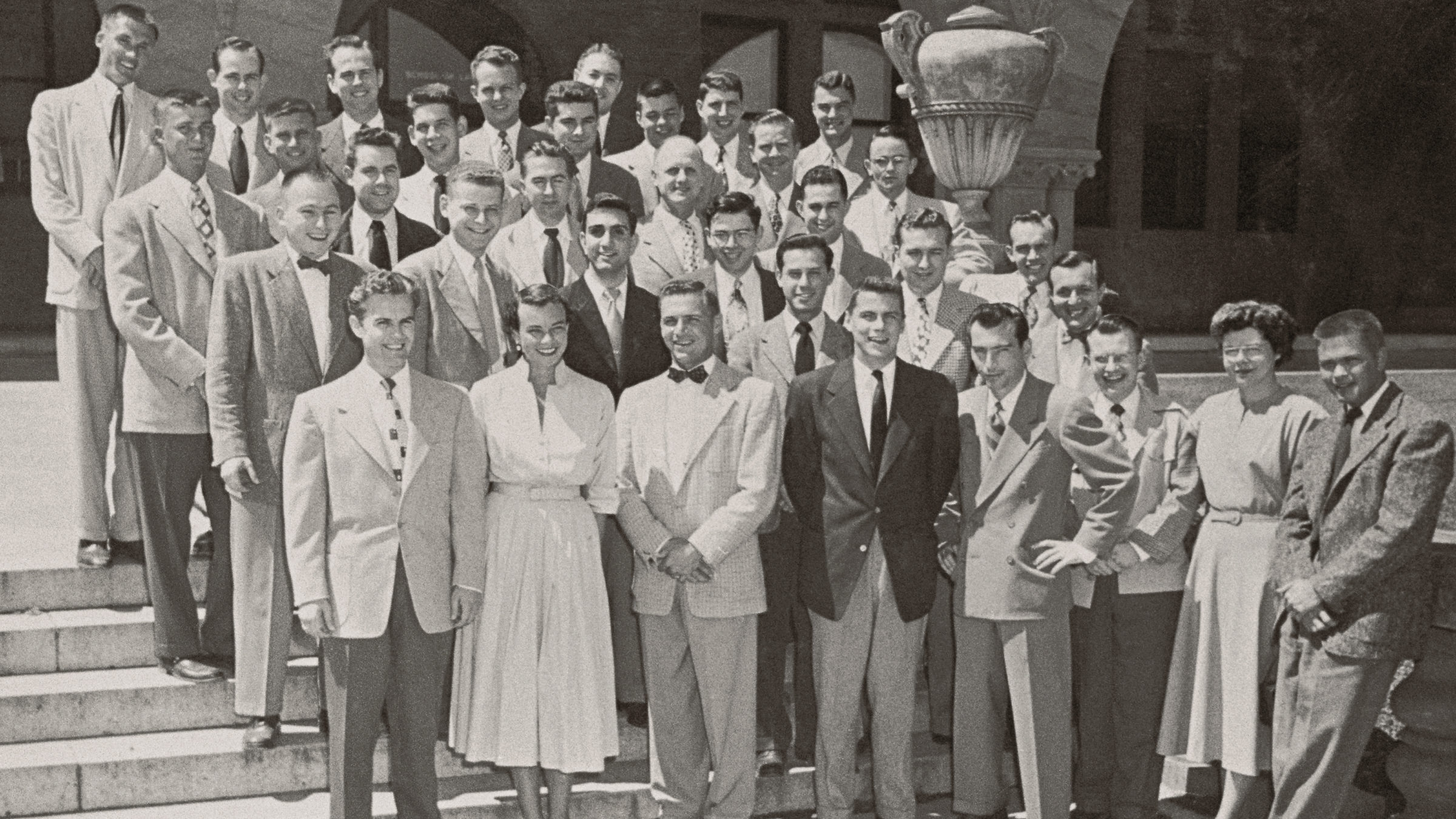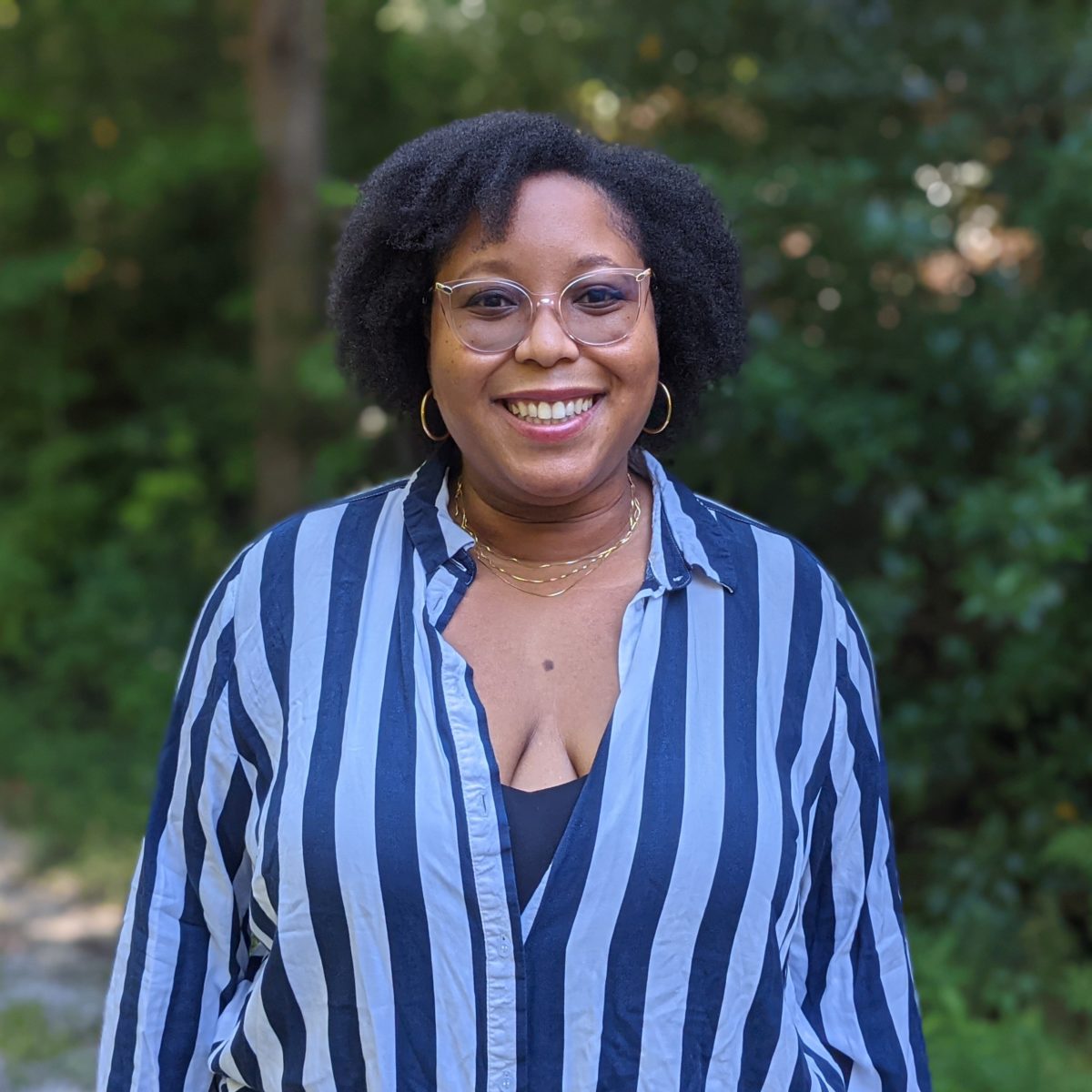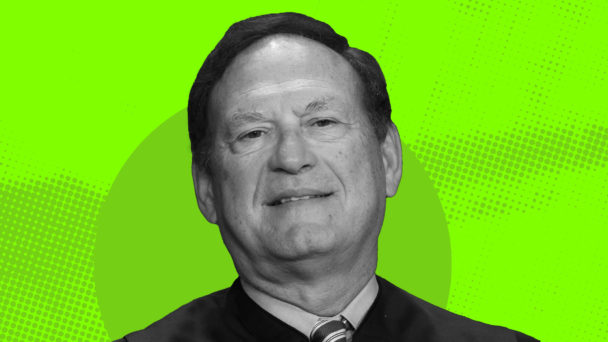Many lawyers never actually enter a courtroom to argue a case—even fewer in a federal courtroom, and fewer still at the federal appellate level. But a select handful of attorneys do appear before the Supreme Court again and again, and it makes oral argument something of a class reunion: Both the justices on the Court and the attorneys who appear before them are disproportionately graduates of the same two elite law schools. Finally, they can have a conversation without awkward references to going to school “in New Haven” or “near Boston.”
Recently-released analysis by Adam Feldman at Empirical SCOTUS examines the backgrounds of the 55 attorneys who argued before the Supreme Court most frequently between October 2016 and December 2023. Nearly half of these repeat players—people who argued before the Court at least five times—went to Harvard Law School or Yale Law School, which clock in at 13 and 12 grads, respectively. The 30 remaining frequent fliers are scattered across fourteen other schools.
This is just one of many things oral advocates have in common with the sitting justices, all but one of whom graduated from Harvard Law or Yale Law. Since 1851, nearly two dozen Harvard Law alumni have served on the Supreme Court, and there’s been at least one Harvard Law graduate on the Court at all times since 1882. Before the confirmation of Justice Amy Coney Barrett, who graduated from Notre Dame Law School in 1997, the last justice to reach the Supreme Court without going through Harvard, Yale, or Stanford first was Justice John Paul Stevens, who was appointed by President Gerald Ford and confirmed in 1975.) As a Columbia Law School alum, I am legally obligated to tell you that Justice Ruth Bader Ginsburg transferred from Harvard to Columbia, but only because her husband got a job in New York City before her third and final year of law school.)
The love affair between the Supreme Court and elite schools has, at times, been almost literal: Decades before they served on the Supreme Court together, Chief Justice William Rehnquist and Justice Sandra Day O’Connor dated as law students at Stanford. (He proposed; she declined.)

Sandra Day O’Connor (first row, second from left) and William Rehnquist (back row, furthest left) pose for a class photograph, Stanford Law School, 1951 (Bettmann via Getty Images)
The homogeneity of the Supreme Court itself is stark and, by now, well-known. The centuries-old institution has never had a Native justice, or an Asian American justice, or an openly LGBTQ justice, and so on. (This means more justices have been romantically involved with one another than Indigenous.) Until Justice Ketanji Brown Jackson’s appointment two years ago, there were more alleged sex pests on the Court than women of color. Still today, there are more justices who are graduates of a single Washington, D.C.-area Catholic prep school than there have ever been justices who are Muslim.
The homogeneity of the attorneys on the other side of the podium, though, has been investigated much less closely; Feldman described the characteristics of “this small club” as “somewhat opaque.” His research did pull out a few more dominant traits of oral advocates which show that Harvard alone isn’t enough; it also helps to be a man with a fancy clerkship on his résumé, bonus points if he clerked for Justice Antonin Scalia. All 55 of the most frequent oral advocates completed federal appellate clerkships. Most of them clerked at the Supreme Court, with about 20 percent of those in Scalia’s chambers.
Whether an attorney is arguing or deciding cases, there’s a set path to the Supreme Court. And in terms of life experience and perspective, the gulf between the people who steer and make most of the Court’s decisions and the people who are affected by those decisions is huge. Expanding perspectives on the Court would allow it to make decisions that better serve a diverse public instead of reproducing the systems that conferred them privilege and power. Basically every important political matter, from efforts to stop gun violence to the rights of unhoused people, winds up before the Supreme Court sooner or later. Right now, they’re resolved by a few cookie-cutter alums chatting amongst themselves.




